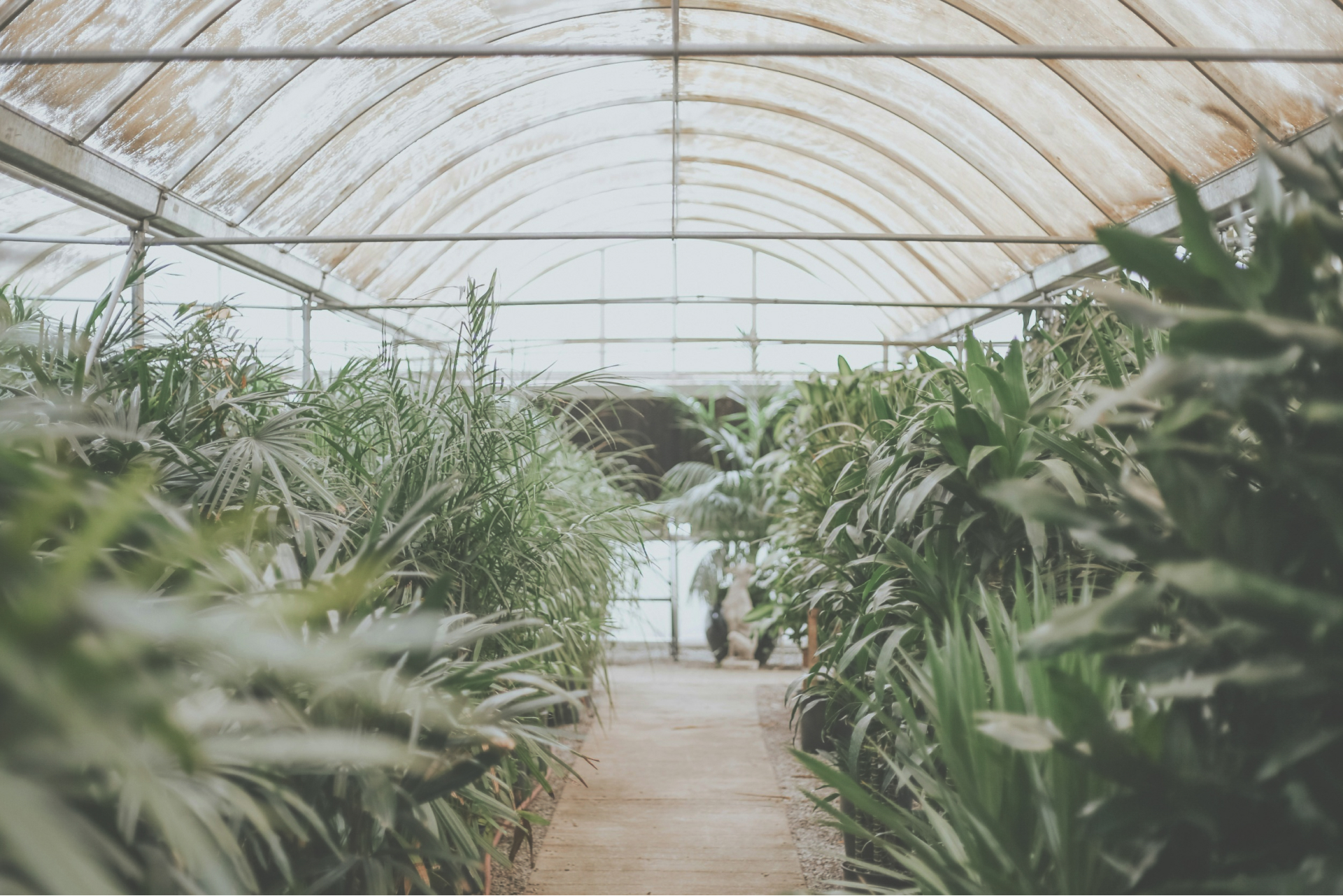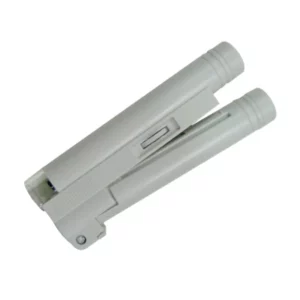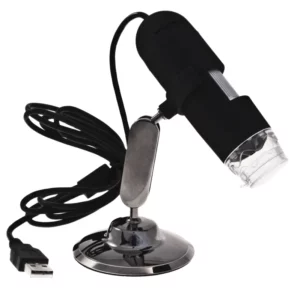Microscopes for plants
Often one of the best ways to eradicate a pest is to detect it in its early stages.
Our marijuana plant microscopes are designed to provide a clear and accurate view of plant structure and biological processes.
These microscopes are essential tools for hobby growers who want to keep a close eye on their marijuana plants.
Combining advanced technology and ease of use, our microscopes provide the quality and reliability needed for detailed observation.
Main features of plant microscopes
Plant microscopes have special features that make them ideal for the study of plant samples.
The following are some of the most relevant features:
Optimal magnification and resolution
Magnification and optical resolution are essential in a plant microscope.
Our models offer a wide range of magnifications, from 40x to 1000x, allowing you to observe fine details of cells, tissues and plant structures.
Optical quality ensures sharp and clear images, essential for detailed analysis.
Specific lenses and objectives
Plant microscopes are equipped with lenses and objectives designed to maximize clarity and precision in the study of biological samples.
We use achromatic lenses and planapochromatic objectives that reduce aberrations and improve image quality.
This is crucial for identifying and studying features such as stomata, trichomes and leaf veins.
Illumination and contrast
To observe fine details in plant samples, illumination and contrast are vital.
Our microscopes include dimmable LED illumination systems and phase contrast filters, which facilitate the visualization of internal structures and subtle details without the need for additional staining.
This is especially useful for examining living and unprepared tissues.
Portability and ease of use
Although most plant microscopes are designed for laboratory use, we offer models that combine quality with portability.
Our microscopes are compact and lightweight, allowing users to take them into the field or make observations in different locations with ease.
Types of plant microscopes
In our store, we offer a variety of plant microscopes adapted to different needs and applications.
The following are the most common types:
Optical microscopes
Optical microscopes are ideal for most botanical studies and allow detailed observation at the cellular level.
These microscopes use visible light and are suitable for examining surface structures and thin sections of plants.
Stereo microscopes
Stereo microscopes provide a three-dimensional view of specimens.
They are perfect for the observation of larger structures and for work that requires a broader perspective, such as species identification or the examination of whole leaf specimens.
Digital microscopes
Digital microscopes combine traditional optics with digital technology, allowing images to be captured and analyzed on a computer.
These models are ideal for documenting findings, sharing results in real time and performing more detailed analysis using specialized software.
How to choose the right microscope for your needs
Choosing the right microscope may seem challenging, but here are some tips to help you make the right choice:
- Define your magnification needs: If you need to observe very fine details, opt for microscopes with high magnification and resolution capabilities.
- Consider the type of specimen: For live or prepared specimens, ensure that the microscope has good illumination and contrast capability.
- Think portability: If you are going to use the microscope in the field, look for compact, easy-to-carry models.
- Check for digital compatibility: If you need to document your findings, consider digital microscopes that allow you to easily capture and store images.
FAQ
1. What type of microscope is best for observing plant cells? To observe plant cells in detail, an optical microscope with high magnification and resolution is the best choice.
Objectives from 400x to 1000x provide a clear view of cell structures. 2. Can I use a stereo microscope to examine internal plant tissues? Stereo microscopes are best suited for observing external and three-dimensional structures.
For examining internal tissues, an optical microscope is more appropriate. 3. How can I improve the contrast of plant samples? The use of phase contrast filters or staining techniques can improve the contrast of samples.
Many modern microscopes include adjustable contrast options to facilitate this task. What maintenance does a plant microscope require? Basic maintenance includes cleaning the lenses carefully, checking the illumination system, and making sure all moving parts are working properly.
It is important to follow the manufacturer’s recommendations to keep the microscope in optimal condition. 5. Do I need any prior knowledge to use a plant microscope? It is not necessary to have advanced knowledge to start using a microscope, but familiarizing yourself with the basic principles of microscopy and sample preparation can significantly improve the experience and the results obtained.



